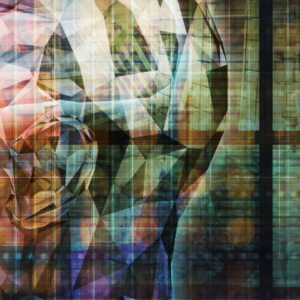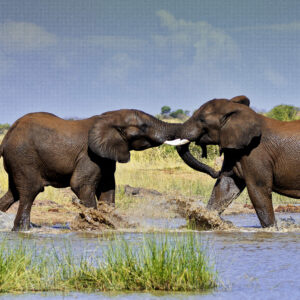Waterscape Photography: Essential Techniques for Stunning Images
R150
The primary goal of this short course on waterscape photography is to enable learners to confidently capture dynamic and visually impactful waterscape photographs. It addresses the need for photographers to understand how to manage water motion, reflections, and challenging lighting conditions effectively.
Description
Mastering Waterscape Photography
Purpose
The primary goal of this short course on waterscape photography is to enable learners to confidently capture dynamic and visually impactful waterscape photographs. It addresses the need for photographers to understand how to manage water motion, reflections, and challenging lighting conditions effectively.
Rationale
Waterscape photography poses distinct challenges due to the dynamic nature of water, shifting reflections, and variable lighting conditions. A focused approach on mastering essential camera settings, composition techniques, and optimal equipment helps learners quickly achieve compelling results. Therefore, this targeted methodology accelerates skill development and enhances overall photographic competence.
Target Audience
This course is specifically designed for beginner to intermediate photographers who have foundational knowledge of camera operations and a keen interest in capturing compelling waterscape images. Participants ideally enjoy outdoor photographic activities, and seek practical insights to elevate their photographic outcomes.
Learning Outcomes
After completing this short course, learners will be able to:
- Effectively utilize shutter speed settings to creatively capture water motion, producing both sharp and silky water effects.
- Apply essential compositional techniques, such as leading lines and layering, to create depth and visual interest in waterscape photographs.
- Confidently select and use appropriate camera equipment and filters to manage reflections, glare, and challenging exposures.
- Identify optimal lighting conditions, particularly during golden and blue hours, to enhance the aesthetic quality of waterscape images.
- Employ basic post-processing skills to refine waterscape images, ensuring natural and impactful final results.
Course Structure
Introduction to Waterscape Photography Essentials
Begin by highlighting the unique characteristics and challenges of waterscape photography. Briefly explain why specific techniques and equipment matter in this photography genre.
Optimal Camera Settings for Capturing Water Motion
Next, learners will discover how camera settings directly influence waterscape imagery.
Shutter Speed Techniques
- Freezing motion: Using fast shutter speeds (1/500s or faster).
- Creating silky smooth water: Employing slow shutter speeds (1/2 second or longer).
- Intermediate effects: Exploring shutter speeds between 1/15s and 1/4s for balanced textures.
Aperture and ISO Considerations
- Choosing optimal aperture settings (f/8 to f/16) for depth and sharpness.
- Managing ISO settings effectively to maintain image quality.
Essential Compositional Techniques for Waterscapes (15 minutes)
Subsequently, the course explores composition strategies vital for impactful waterscape photography.
Utilizing Leading Lines and Layering
- Identifying and incorporating leading lines to draw viewers into the image.
- Creating depth through distinct foreground, middle ground, and background layers.
Establishing Strong Focal Points
- Techniques for selecting and positioning focal points.
- Applying the rule of thirds for dynamic compositions.
Creative Shoreline Compositions
- Maximizing limited viewpoints by varying camera height, angle, and focal length.
Harnessing Natural Light for Waterscape Photography
Then, participants learn to leverage natural lighting, emphasizing golden and blue hours.
- Understanding golden hour and blue hour characteristics.
- Planning and preparation strategies for optimal light conditions.
- Practical tips for safely photographing during these periods.
Essential Equipment and Filters
In addition, this section clarifies the crucial gear necessary for waterscape photography.
- The importance of tripods and shutter releases for stability.
- Overview of key filters: Polarizing (CPL), Neutral Density (ND), Graduated Neutral Density (GND).
Post-Processing Basics for Waterscape Images
Finally, the lesson concludes with simple yet powerful post-processing tips.
- Benefits of shooting in RAW format.
- Core adjustments: exposure, highlights, shadows, clarity, vibrance.
- Common pitfalls to avoid during editing.
Materials/Resources
- “Creating Inspiring Waterscape Photographs” Learner Guide (PDF)
- Waterscape Photography Checklist: Camera Settings & Gear (Downloadable PDF)
- Quick-reference guide to shutter speed effects (Downloadable PDF)
- Recommended apps for lighting conditions (PhotoPills, TPE)
- Recommended software for post-processing (Adobe Lightroom, Photoshop)
Prerequisites
Participants should have basic familiarity with camera operations, including manual exposure settings (ISO, shutter speed, aperture). Prior photographic experience, particularly with landscape or outdoor photography, is beneficial but not mandatory.
By mastering essential techniques outlined in this short course, learners will signific





